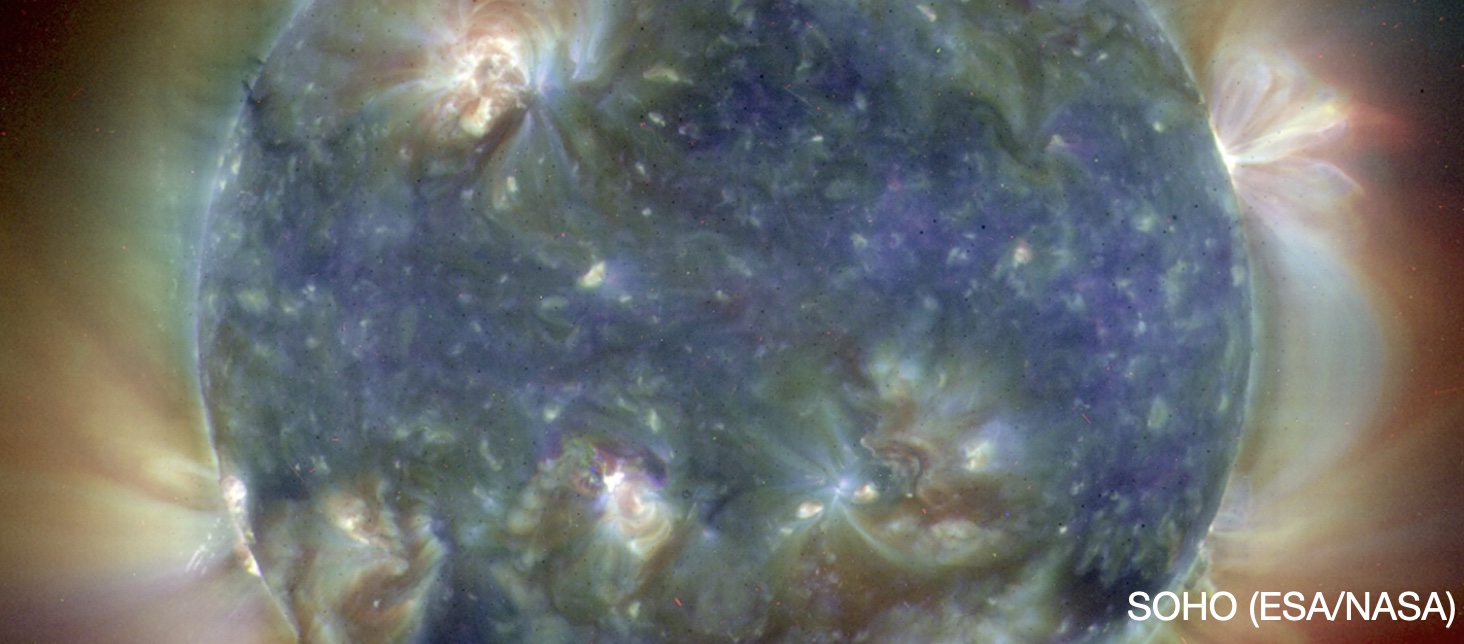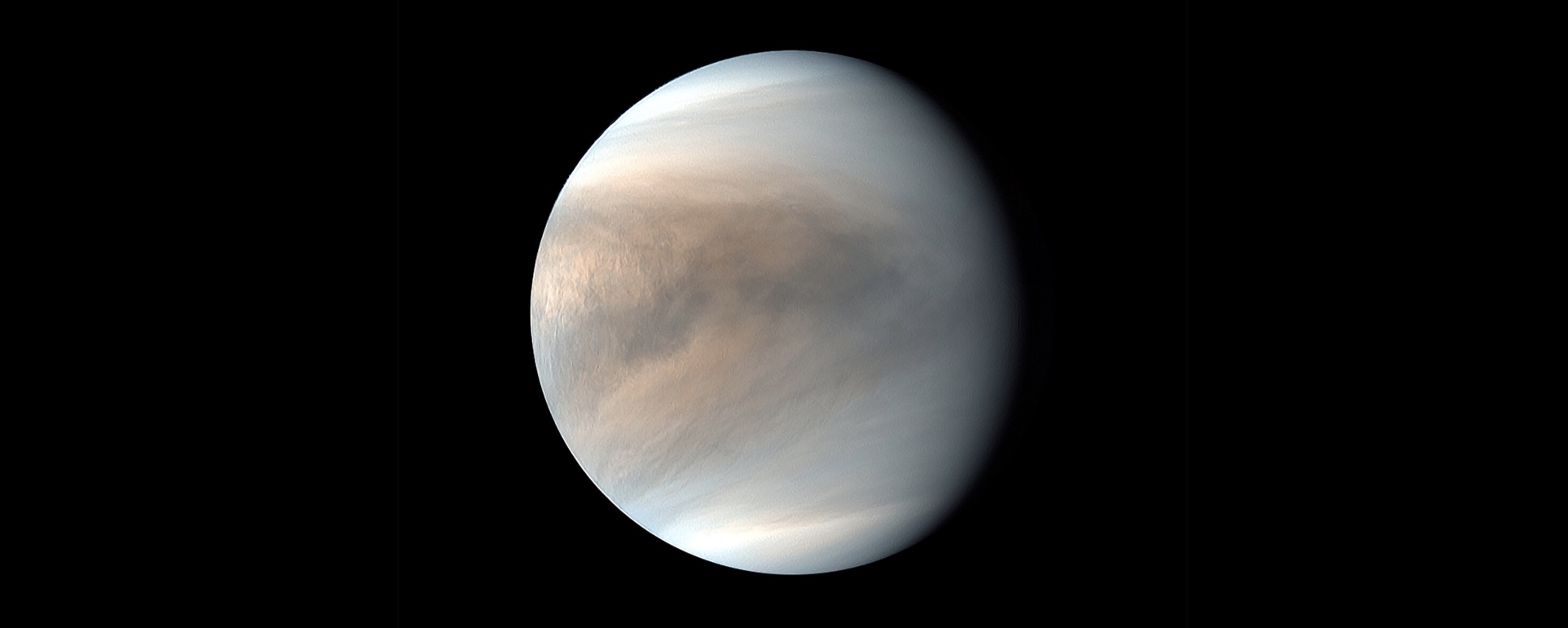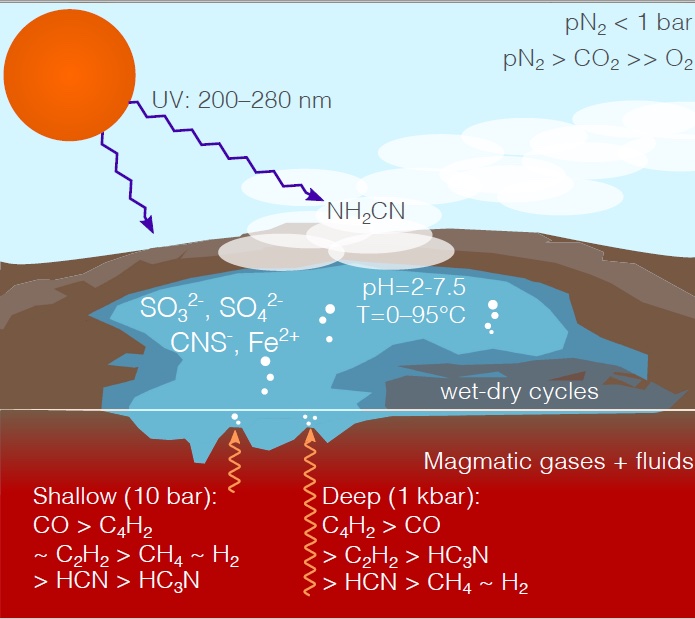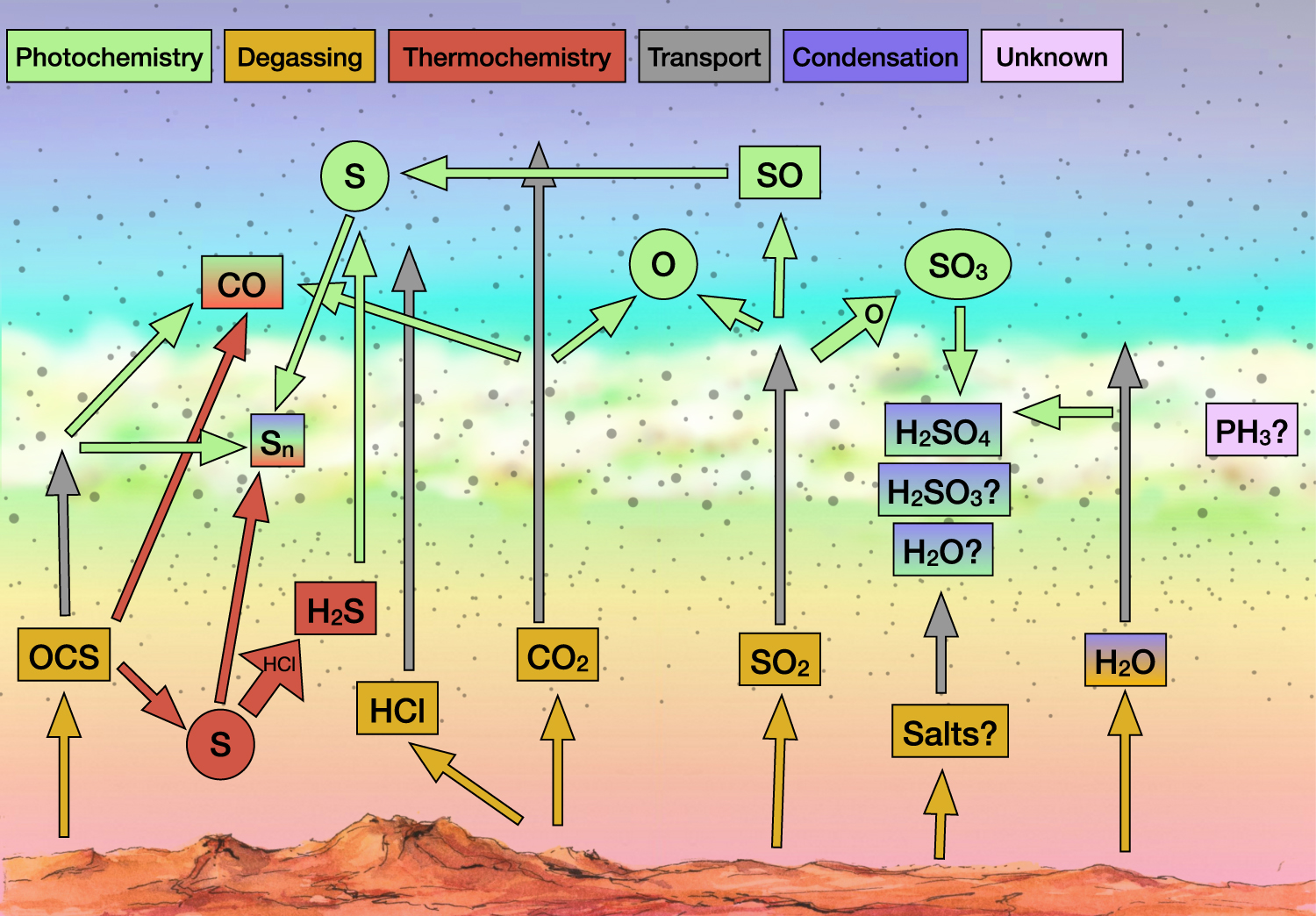
Photochemistry
Gas, Liquid, Surface
We are beginning research in photochemistry across three phases of matter: gas, liquid, solid. We also tangentially
investigate plasma chemical kinetics. There is much left to study in these heterogenous systems, especially beyond certain systems
of largely terrestrial interest. We are specifically interested in timing of origins of life scenarios. Prebiotic chemistry
has to proceed via a set of possibly-exacting sequences, and the probability that a scenario involving prebiotic chemistry will
be productive depends largely on compatibility of timescales. How long does a productive reaction take compared to a destructive
reaction? How long do transitional molecules in synthetic sequences persist, and what happens to them? These questions will be
very dependent on the environment, and will involve the exploration of non-linear systems governed by complex chemical networks.
Specific current and future projects include:
- Determining timescales for prebiotically relevant aqueous chemistry.
- Determining timescales for prebiotically irrelevant and destructive interference chemistry for prebiotic scenarios.
- Exploring heterogenous chemistry in the lab and applying the kinetics to kinetics networks and models.
- Coupling the surface prebiotic chemistry to the heterogenous chemistry in order to predict prebiosignatures.

Venus
From the surface up
Venus, our nearest planetary neighbor, remains a mystery. We will learn much more about this planet
in the coming years with five approved missions set to explore the atmosphere, clouds and surface
of Venus. Our interest is in Venus as a dead or dying world, either a world with no life, or with
an aerial ecology clinging to droplets in its clouds. The study of Venus allows us to examine the
robustness of biosignature claims and to distinguish between thriving, dying and dead planets.
These distinctions are essential to provide context for life and its origins on other planets.
Ongoing projects involving the atmosphere of Venus will be listed here:
Ongoing projects involving the surface of Venus will be listed here:
Ongoing projects involving the clouds of Venus will be listed here:
We are looking at Venus as an exoplanet. Current projects include:
- Venus around other stars.
- Giant impacts on Venus.
- Venus with a different Geochemistry
TBA

Earth
Formation to the present
We are also interested in the history of our home planet, Earth. We are especially interested
in the way Earth was before and during the time life originated and started to evolve. However,
to understand Earth in the past, where data is sparse and constraints are broad, it is important
to work with physical and chemical principles that apply to Earth today, where data is more
plentiful and constraints are narrow.
Earth's Modern Atmosphere
We are currently working on a benchmark between our chemical network, STAND2020, and modern Earth's atmosphere.
Earth's Ancient Atmosphere
We are very interested in the varieties of atmospheres the Earth may have hosted during its first billion years,
and what implications those atmospheres have for volcanism, surface processes and life.
Earth's Atmospheric Evolution
Finally, we are interested in how Earth may have transitioned between different atmospheres. This involves how
life may have changed Earth's atmosphere, but also how abiotic processes early on may have lead to a rapid
successon of different primordial atmospheres.

Exoplanets
Nature's Laboratories
Most of our interest involves bridging the planets that are closest to planets that are most numerous.
Exoplanets provide a unique opportunity to understand the ubiquity of planetary environments, and to
see different planets at different snapshots in time. Earth's ancient history is almost entirely vanished
from the rock record. Mars's ancient history is much better preserved. Nevertheless, neither of these planets
is young. There are young exoplanets that we will be able to characterize in the coming decades. What
these young exoplanets will tell us about our own remains to be seen.








